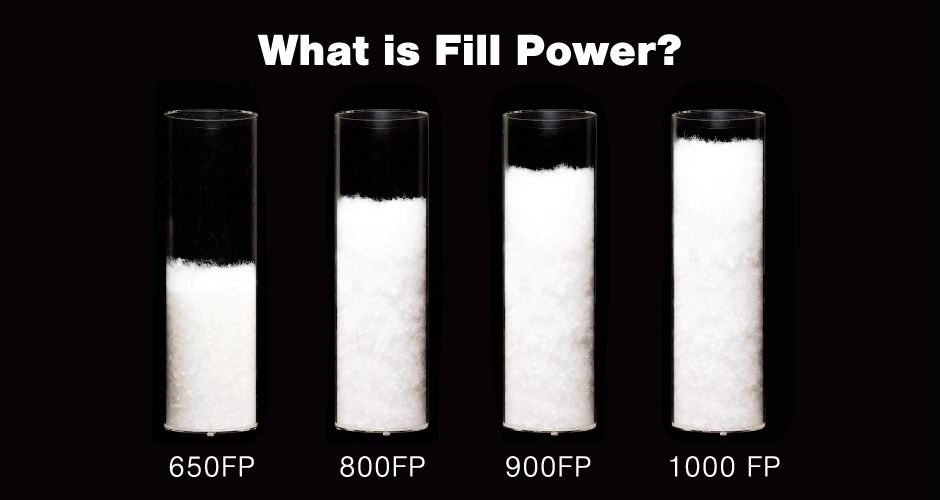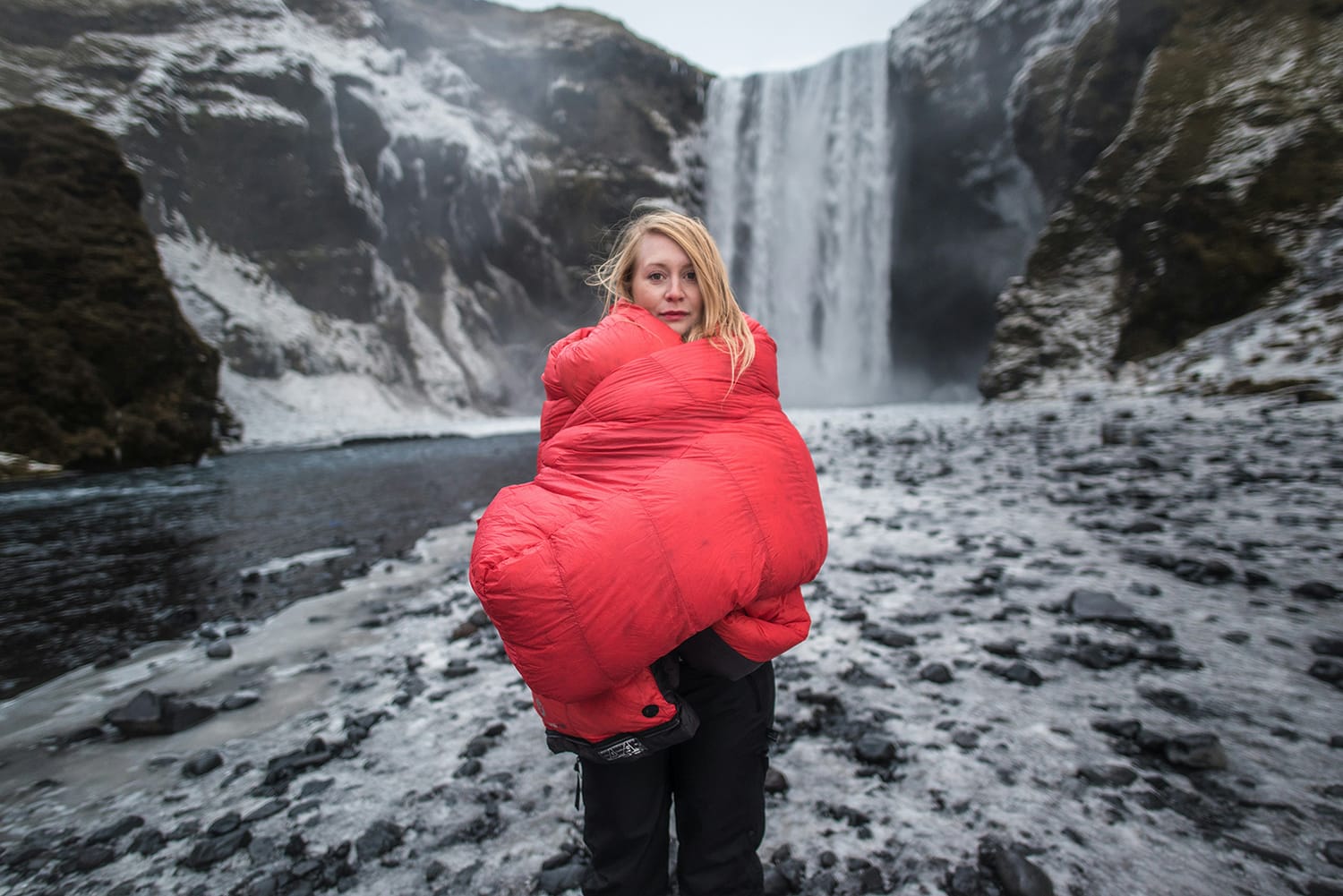Ever shivered through a winter hike, wishing your jacket offered more warmth? Or maybe you’re shopping for a new down sleeping bag but feel overwhelmed by all the “fill power” talk. Fear not, fellow adventurer (or just someone who wants to stay toasty warm)! This guide will be your compass, navigating the mysterious world of down jacket fill power.
In this article, we’ll dive into the world of fill power, exploring what it is, how it’s measured, and why it’s important. Whether you’re an avid outdoors person or just curious about the science behind your winter gear, this article will have you covered. So grab a warm drink, get cozy, and let’s get started!
What Is Fill Power?
Fill power is a term commonly used to describe the insulating capacity of down products such as jackets, vests, and sleeping bags. But what exactly is fill power, and why is it important when choosing a down product? In short, fill power is a measure of the fluffiness and insulating capacity of down, which refers to the fluffy undercoating of feathers that is found on ducks and geese. The higher the fill power, the more air pockets there are in the down, which means better insulation and warmth.
Fill power is an important factor to consider when choosing a down product because it can affect the warmth, weight, and compressibility of the item. A product with a high fill power rating will be able to provide excellent warmth while remaining lightweight and compressible, making it ideal for use in cold weather conditions. On the other hand, a product with a low fill power rating may be bulkier and less warm, making it less suitable for use in extreme cold weather conditions.
How Is Fill Power Measured?
Fill power is measured using a standardised test that involves compressing one ounce of down to a specific volume and then allowing it to loft back up to its maximum height to measure the number of cubic inches that one ounce of down can fill.
In other words, fill power measures the volume that one ounce of down can occupy when it’s at its fluffiest, or most expanded state.
The test involves using a graduated cylinder with a specific volume, filling it with a precise amount of down, and then compressing the down using a specific weight. The weight is then removed, and the volume occupied by the down is measured. The result is expressed in cubic inches per ounce (in³/oz),.

This standardised test allows for consistent and reliable comparisons of different types of down, regardless of their source or supplier. It also ensures that the fill power values provided by different manufacturers are comparable and accurate, making it easier for consumers to make informed choices when selecting a down product. It’s important to note that fill power can vary depending on the quality and type of down used, as well as other factors such as age and cleanliness. Therefore, it’s essential to ensure that the fill power rating provided by the manufacturer is based on accurate and reliable testing methods.
A higher fill power means that one ounce of down can occupy more volume, which translates to better insulation and warmth. Therefore, a jacket or sleeping bag with a higher fill power will usually be warmer, lighter, and more compressible than one with a lower fill power. This is why fill power is an important factor to consider when choosing a down jacket or sleeping bag for outdoor activities in cold weather conditions.
For example, a down jacket with a fill power of 800 will be warmer and more compressible than a jacket with the same amount of 600 fill power down, because it has more loft and can trap more air. However, it will usually be more expensive because higher fill power down is generally of a higher quality and therefore more costly to produce.
Other Factors Determining Warmth
While fill power is an important factor to consider when choosing a down product, it’s not the only factor that can impact its performance and warmth. Here are some other factors to consider:
- Amount of down: The amount of down used in a product has a huge bearing on its warmth (maybe even more so than the FP!). A product with say, 300g of 600FP down is still going to be warmer than something with 100g of 800FP down.
- Design: The design of a down product can also impact its performance. For example, a jacket with a well-designed hood and adjustable cuffs will keep you warmer than a jacket without those features.
- Intended use: The intended use of a down product should also be considered when choosing a product. A lightweight jacket with a lower fill power may be fine for mild winter days, but a heavier jacket with a higher fill power may be necessary for extreme cold weather conditions.
- Type of down: The type of down used in a product can also affect its performance. Goose down generally has a higher fill power than duck down, but high-quality duck down can still provide excellent warmth and insulation.
- Ultimately, when choosing a down product, it’s important to consider a combination of factors beyond just fill power. By carefully considering factors such as the amount of down, design, intended use, and type of down, you can choose a product that meets your specific needs and provides the warmth and comfort you need in a variety of weather conditions.
Goose Down vs Duck Down
There are several factors that can affect down fill power, including the type of bird the down is sourced from, the processing methods used, and the cleanliness of the down. Higher quality down will generally come from larger birds such as geese, and will have undergone more thorough cleaning and sorting processes to remove dirt, debris, and feathers.
In addition to its warmth and compressibility, down with a high fill power is also more durable and long-lasting. Because it has more loft and resilience, it is less likely to lose its insulating properties over time. This makes it a popular choice for high-end outdoor gear and other products that require reliable insulation.
In general, goose down is considered to be warmer than duck down because it has a higher fill power, or loft (not just because it comes from a goose). Fill power is a measure of the fluffiness of the down, which determines how well it can trap air and provide warmth. Goose down tends to naturally have a higher fill power than duck down because it comes from larger birds and has a longer, stronger structure.
However, it is important to note that there can be variations in the warmth of down within each species, and other factors such as the specific type of goose or duck, the processing methods used, and the cleanliness of the down can also affect its warmth.
Summary
In conclusion, fill power is a crucial factor to consider when purchasing a down jacket or sleeping bag. By measuring the fluffiness and insulating capacity of down, fill power helps determine the warmth, weight, and compressibility of a product. However, it’s important to remember that fill power is just one of several factors that determine the overall warmth and performance of a down product. Ultimately, the amount of down, the design, and the intended use of the product are equally important. By taking these factors into consideration, you can make an informed decision and choose a down product that meets your needs and keeps you warm and comfortable in cold weather conditions. So the next time you’re shopping for a down jacket or sleeping bag, don’t forget to check the fill power and use it as one of the many tools to help you make a smart purchase decision. Stay warm and enjoy the great outdoors!






